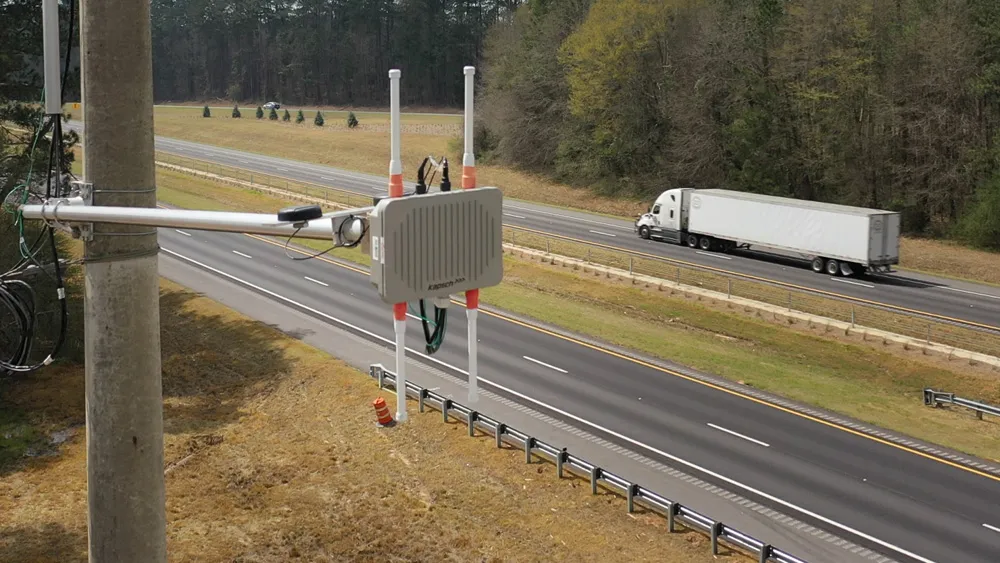
The company made the announcement in a keynote speech at ITS America’s annual meeting in Detroit. Mark Reuss, GM executive vice president (above), global product development, purchasing and supply chain, said that Super Cruise will be available on all Cadillac models, with the roll-out beginning in 2020. “That’s a big deal: Super Cruise is a giant leap along the path to true autonomous vehicles,” he said. “AVs will change the automotive world and will change lives.”
The company also plans to offer V2X communications in a “high-volume crossover” model by 2023 and will eventually expand that technology across the whole of Cadillac’s portfolio.
“V2X can be an enabler,” Reuss went on, bringing the GM vision of “zero crashes and zero congestion” closer to reality. “When cars can talk to the infrastructure, the benefits will be even greater,” Reuss insisted. “We’ll save lives, we’ll save time and we’ll save money – but most importantly, we’ll save lives.”
He concluded: “Let’s work together to get this done – to take these necessary steps. This is truly the opportunity of a lifetime. If we work together we can bring the future a little bit closer to the now. It’s up to us – there’s no-one else coming – so let’s get it done.”
Booth 101









